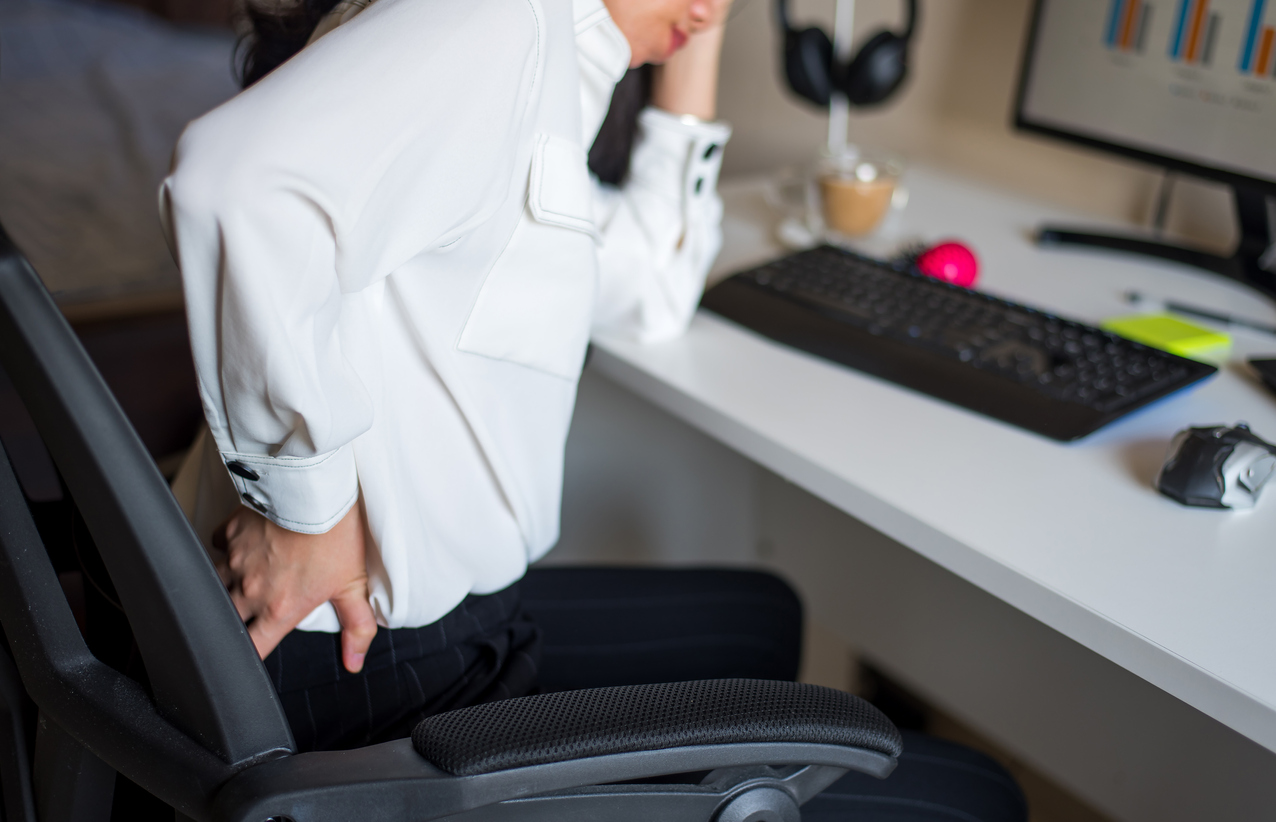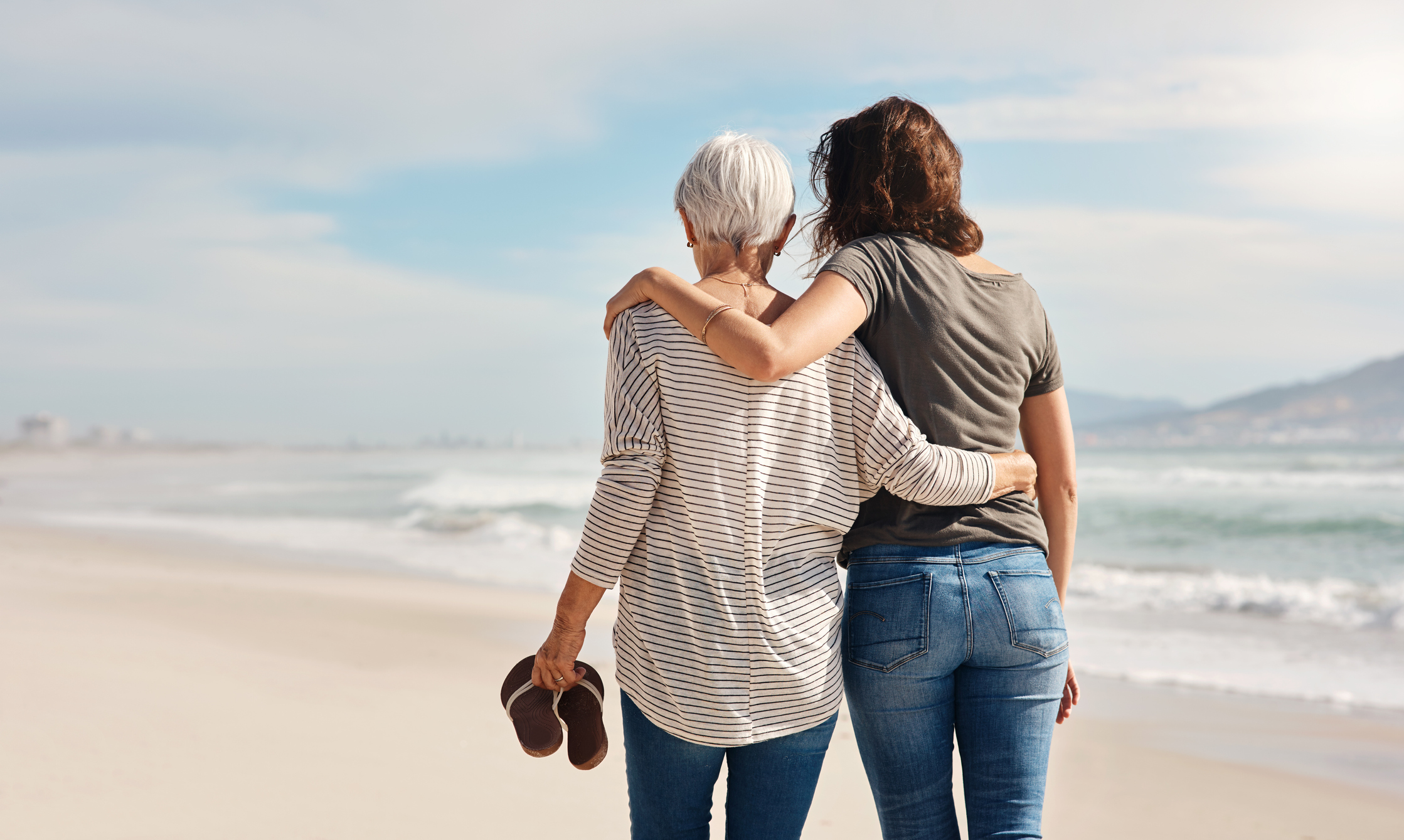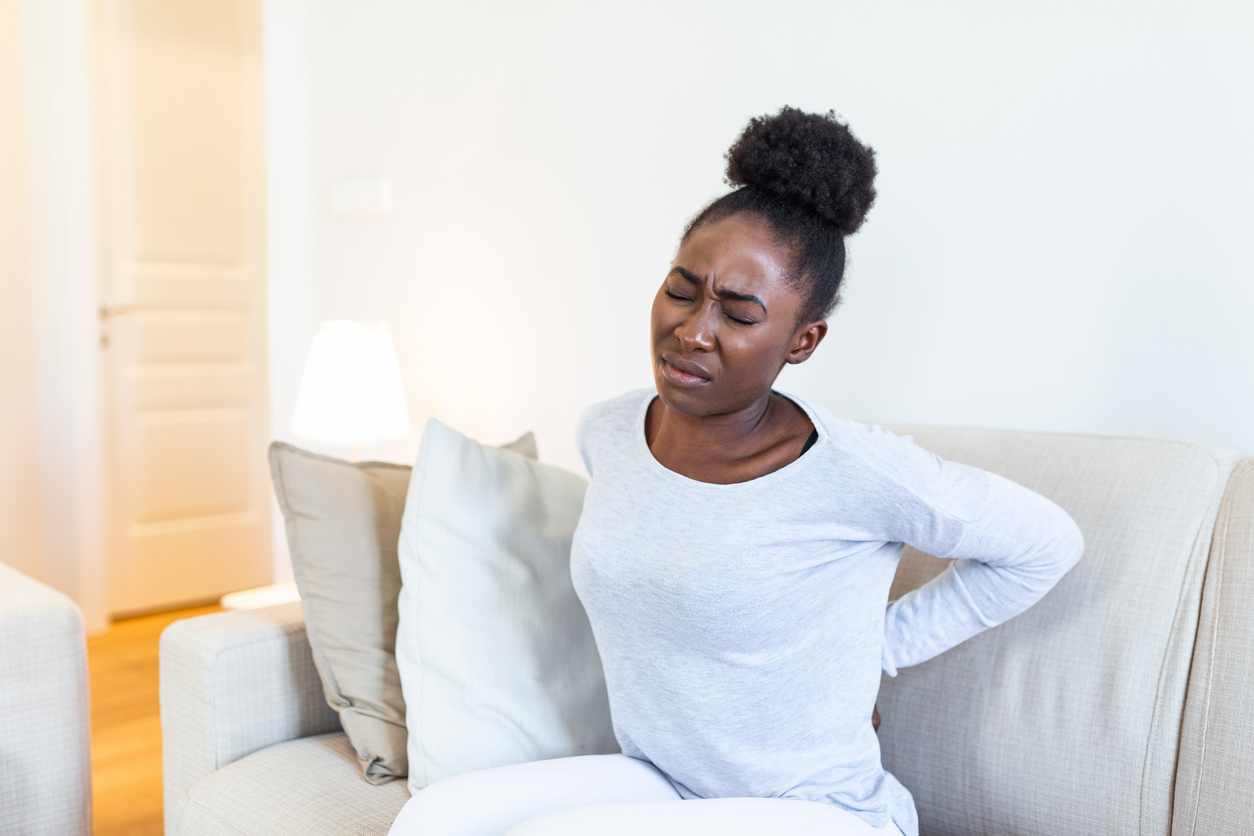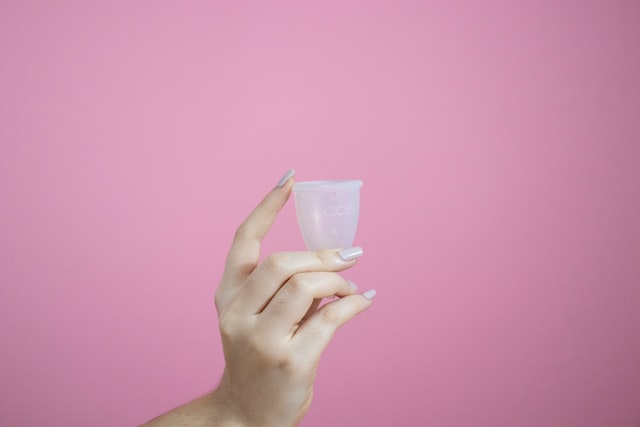Lower back pain is very common, with around 2 in 3 people likely to experience it at some point. The most common cause of this pain is damage to the joints, bones and soft tissue.
But pain in your lower right back can sometimes mean there's a problem with 1 of the organs located there.
The lower region of your abdomen contains your kidneys, large intestine and appendix, and in women, the ovaries and fallopian tubes are also found in this part of the body. Pain related to these organs may sometimes be felt on your right side.
Here’s a look at possible causes of pain in your lower right back, what to do if you're experiencing it and when to get medical help.
Do I have a sprain or strain?
Most back pain is felt in your joints, bones and muscles (mechanical pain) and an injury to your lower right back can cause pain here.
Usually, mechanical pain:
- feels worse when you're moving
- gets better or worse depending on your position, such as when sitting or lying down
- comes on following a specific event – for example, after lifting something, or playing sport
- can be linked with poor posture
- can happen when you're stressed or run down
But it may help to know that mechanical pain usually starts improving within a few weeks.
Simple painkillers can also help. Speak to a pharmacist or doctor for further guidance on how to safely get and use these medicines. Another way to manage the pain is the use of heat and cold packs.
You should also try to stay as active as possible, as evidence suggests this can help you recover more quickly. Other options include spinal manipulation and acupuncture, but the medical evidence for them is weak.

Do I have a kidney infection?
Your kidneys lie to the left and right of your lower spine and a kidney infection could be the cause of pain in your lower right or left back. Rarely, both kidneys are affected.
Kidney infections usually follow a bladder infection (cystitis), as occasionally, bacteria travel from your bladder to your kidneys.
The main symptoms of a kidney infection are:
- pain in your side, lower back or around your genitals
- a high temperature of 38C (100.4F) or above – maybe as high as 39.5C (103.1F)
- chills or shivering
- feeling very tired or weak
- losing your appetite
- feeling sick or being sick
- diarrhoea
When to get medical help
If you think you have a kidney infection, see your doctor as soon as possible. You’ll usually need antibiotics to treat the infection.
If your symptoms don't improve after 24 hours of treatment, seek medical help straight away.
Do I have a kidney stone?
Just as a kidney infection can cause pain, so can a kidney stone. These are formed when crystallised waste products collect in your kidneys and form a hard lump or stone.
If the stone is in the right kidney, the pain may be on your right side.
Small kidney stones don't usually cause symptoms as they typically pass out when you pee. But larger kidney stones can cause:
- waves of severe pain – often below your back ribs, and moving to your tummy, groin or genitals
- severe aching on one or both sides of your lower back
- needing to pee frequently or urgently
- stinging when you pee
- blood in your pee
- sickness or vomiting
- feeling feverish and sweaty
- feeling restless and uncomfortable
- tiredness

When to get medical help
If you think you have a kidney stone, see your doctor as soon as possible.
For smaller stones, you might be able to take medicine to help the stone pass naturally. For larger stones, medicine may involve helping the stone to dissolve. They may also be removed surgically.
Am I having an ectopic pregnancy?
During a normal pregnancy, the fertilised egg implants inside your womb. But sometimes, it can implant elsewhere – most often in the tubes connecting your womb and ovaries (fallopian tubes), causing an ectopic pregnancy.
These eggs cannot develop into a baby and it's not safe for the pregnancy to continue.
You may have an ectopic pregnancy if you've missed a period or had a positive pregnancy test and you experience:
- low-down, one-sided body pain. This can come on gradually, or come and go
- pain where your shoulder ends and your arm begins (shoulder tip)
- pain when peeing or pooing
- diarrhoea
- vaginal bleeding
- pain in your tummy
When to get medical help
It’s possible to experience these symptoms and still have a healthy pregnancy – as they're not definite signs of an ectopic pregnancy. However, you should see your doctor or midwife immediately to check.
Sometimes, ectopic pregnancies rupture so you should go to hospital or call an ambulance immediately if you:
- have sharp, sudden, intense pain in your tummy
- feel sick
- look very pale
- feel very dizzy or are fainting

Do I have appendicitis?
Your large intestine is in your tummy and your appendix is connected to it.
Inflammation of your appendix is called appendicitis and why this happens is not known. But it could be due to a blockage.
Appendix pain typically begins in the middle of your tummy and may come and go. Within a few hours, the pain generally moves to your right-hand side, becoming constant and severe.
Coughing, walking or pressure on the area often make the pain worse.
You may also:
- lose your appetite
- feel sick, or vomit
- have constipation or diarrhoea
- have a high temperature and a flushed face
When to get medical help
Appendicitis needs treating urgently. If you have tummy or right-sided pain that's constant, getting worse, and spreads across your abdomen, get medical attention immediately.
If your pain improves briefly, but then gets worse again your appendix may have burst. If this happens, you should call an ambulance.
Appendicitis is usually treated by removing your appendix (appendectomy or appendicectomy).
Key points
- a common cause of pain in the lower right-hand side of your back is an injury to your joints or muscles
- pain in the left, right or both sides of your lower back can be caused by problems with your kidneys
- pain that begins in your tummy and moves to your right side can be a sign of appendicitis
- if you're a woman of childbearing age and are sexually active, pain in your left or right side could be caused by an ectopic pregnancy
- if you have any of the more serious symptoms described above, you should get medical help as soon as possible






